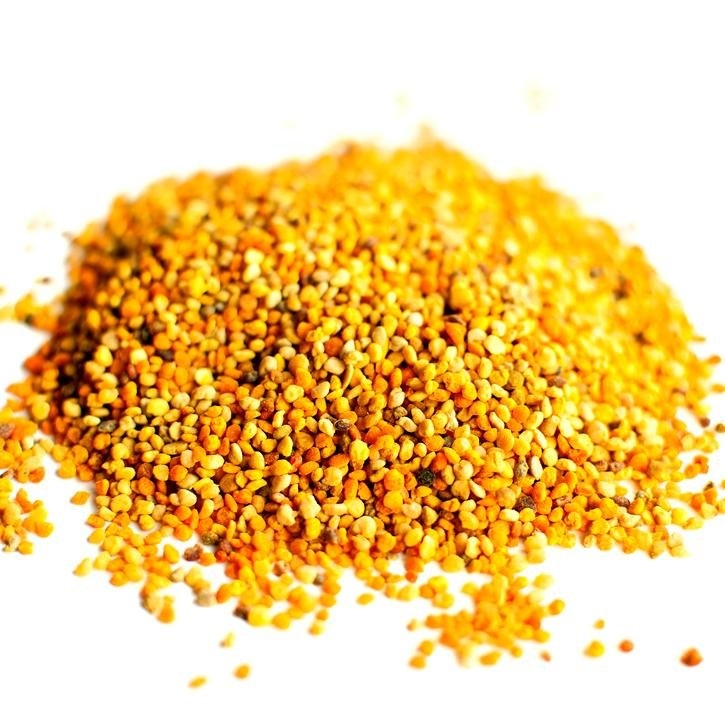Propolis is the generic name of a wax-like resinous substance collected by honeybees from bark and buds of certain trees such as poplar, birch, oak, horse chestnut and other trees, especially coniferous found around the area where the hive is located. The word propolis comes from the Greek voice: pro- (to or protection) and polis (city), which means protection of the city, (in this case beehive or bee community). Bees use this material as a construction material, to protect the beehive and as an antimicrobial preservation tool; defending, this way, their beehive against bacteria and virus. Bees can even embalm mouse and butterfly bodies that might enter into the beehive preventing their putrefaction. It is their way to keep the beehive uncontaminated.
It is a dark yellow or brown substance easy to crumble when cold, malleability starting point 21° C and melts at 66° C. When it’s melting gives off a pleasant scent.
Propolis formulas present many variations:
> In its natural conditions: as a chewable paste, granulate or powder supplement (powder is mostly encapsulated), alcoholic extracts and ointment for external use.
> Combined with other plants to rise their effects.
> As a dietary supplement mixed with honey, royal jelly or pollen.
The resin.
